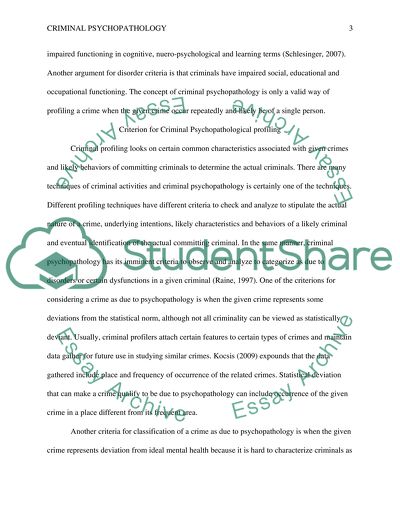Cite this document
(“Criminal Investigation Analysis: Psychological Profiling Research Paper”, n.d.)
Criminal Investigation Analysis: Psychological Profiling Research Paper. Retrieved from https://studentshare.org/psychology/1668387-criminal-investigation-analysis-psychological-profiling
Criminal Investigation Analysis: Psychological Profiling Research Paper. Retrieved from https://studentshare.org/psychology/1668387-criminal-investigation-analysis-psychological-profiling
(Criminal Investigation Analysis: Psychological Profiling Research Paper)
Criminal Investigation Analysis: Psychological Profiling Research Paper. https://studentshare.org/psychology/1668387-criminal-investigation-analysis-psychological-profiling.
Criminal Investigation Analysis: Psychological Profiling Research Paper. https://studentshare.org/psychology/1668387-criminal-investigation-analysis-psychological-profiling.
“Criminal Investigation Analysis: Psychological Profiling Research Paper”, n.d. https://studentshare.org/psychology/1668387-criminal-investigation-analysis-psychological-profiling.


